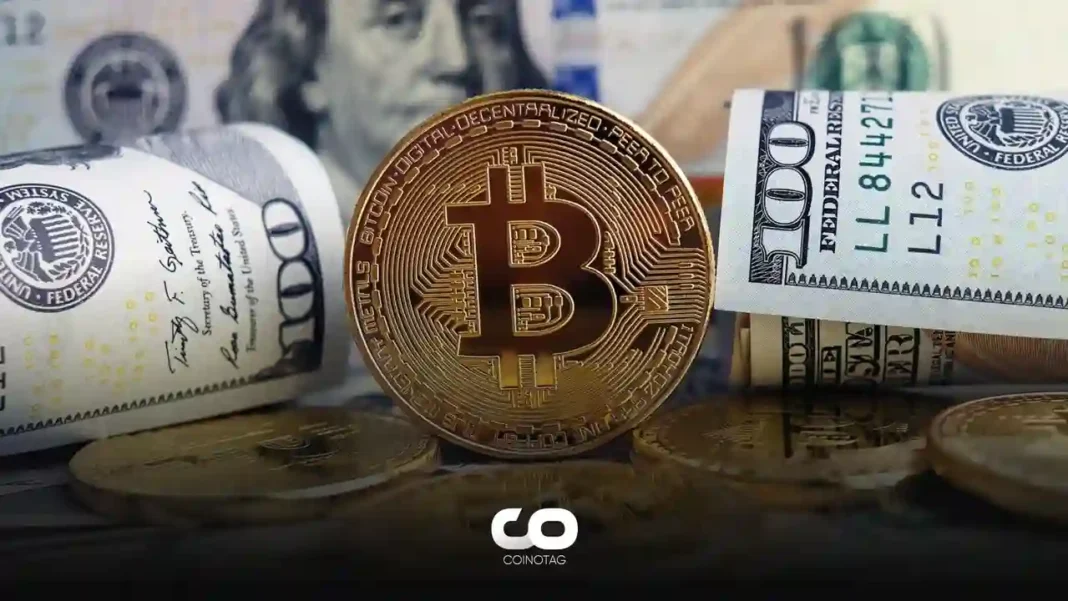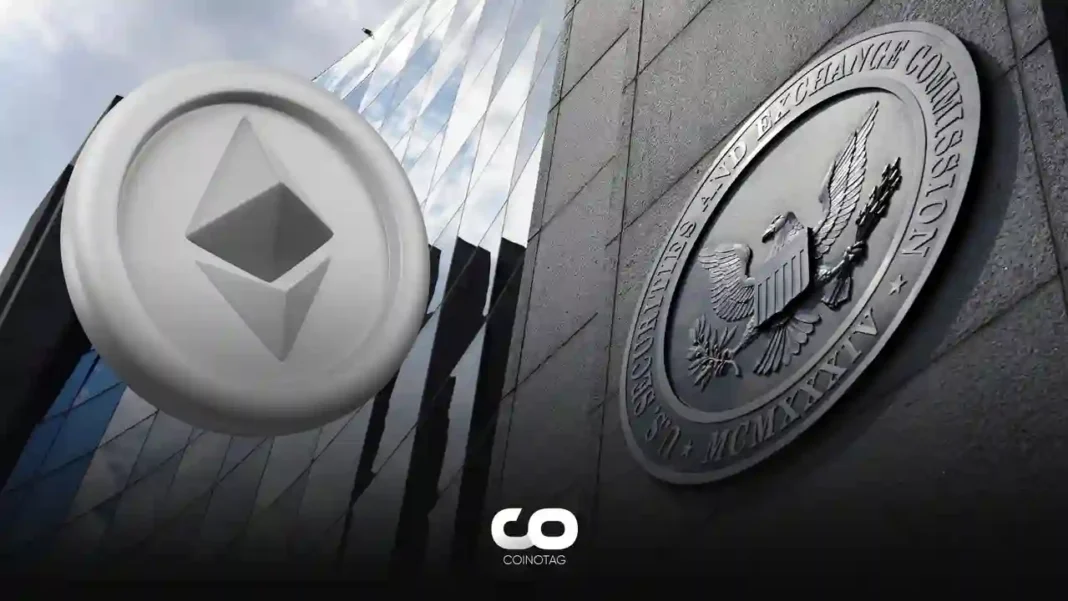- Bitcoin’s correlation with equities is seeing a shift as the Federal Reserve’s new monetary narrative takes hold.
- An analysis suggests that a tighter monetary policy might be a boon for bitcoin.
- The dynamics between bitcoin and traditional financial assets are changing, especially with potential recession signals.
Discover how the Federal Reserve’s recent decisions are pushing Bitcoin to forge its own unique path, diverging from traditional equities. An in-depth look at the potential effects of a prolonged higher interest rate environment on both cryptos and stocks.
Fed’s Stance on Interest Rates: What it Means for Bitcoin
The Federal Reserve’s recent announcements regarding potential hikes in interest rates have once again stirred financial markets. Last Friday’s speech brought to light the possibility of enduring higher interest rates. Notably, some analysts believe this could be advantageous for Bitcoin. James Butterfill, the Head of Research at CoinShares, states that such an environment would benefit Bitcoin, allowing it to chart its unique trajectory, separate from traditional equities.
Recession Alarms and the Bitcoin Advantage
The looming recession, indicated by signals like credit delinquencies and frail PMI readings, could be a turning point in the financial market’s dynamics. Butterfill pointed out the potential for a rate cut amidst these signals. However, unlike previous cycles, a rate cut at this juncture might not bode well for stocks. In Butterfill’s words, “At this point in the interest rate cycle, cutting rates is not good for equities, as rates are being cut to stave off a recession.” Yet, amidst these uncertain times, Bitcoin managed a slight gain, reinforcing the theory of its divergence.
Crypto Market Observations: ETH vs BTC
The crypto space, too, has its share of developments. Recent reports from Deutsche Digital have highlighted the underperformance of ether (ETH) against bitcoin (BTC). Analyst André Dragosch attributes this to the increase in ether’s supply issuance. He mentions, “Essentially, ETH supply has increased as issuance grew stronger than that being burned by that EIP1559 mechanism.” A drop in transaction throughput and gas fees on the Ethereum network has affected the ETH burn rate, consequently putting downward pressure on its price relative to BTC.
Conclusion
The financial landscape is experiencing shifts both within traditional and crypto markets. The Federal Reserve’s stance on interest rates seems to be pushing Bitcoin into a trajectory different from equities. Meanwhile, within the crypto space, dynamics between leading coins like Bitcoin and Ethereum are also evolving. As analysts and experts weigh in, investors worldwide are keenly watching these trends to make informed decisions. It’s evident that both traditional and crypto markets are entering a phase of reevaluation, and the outcomes remain to be seen.







